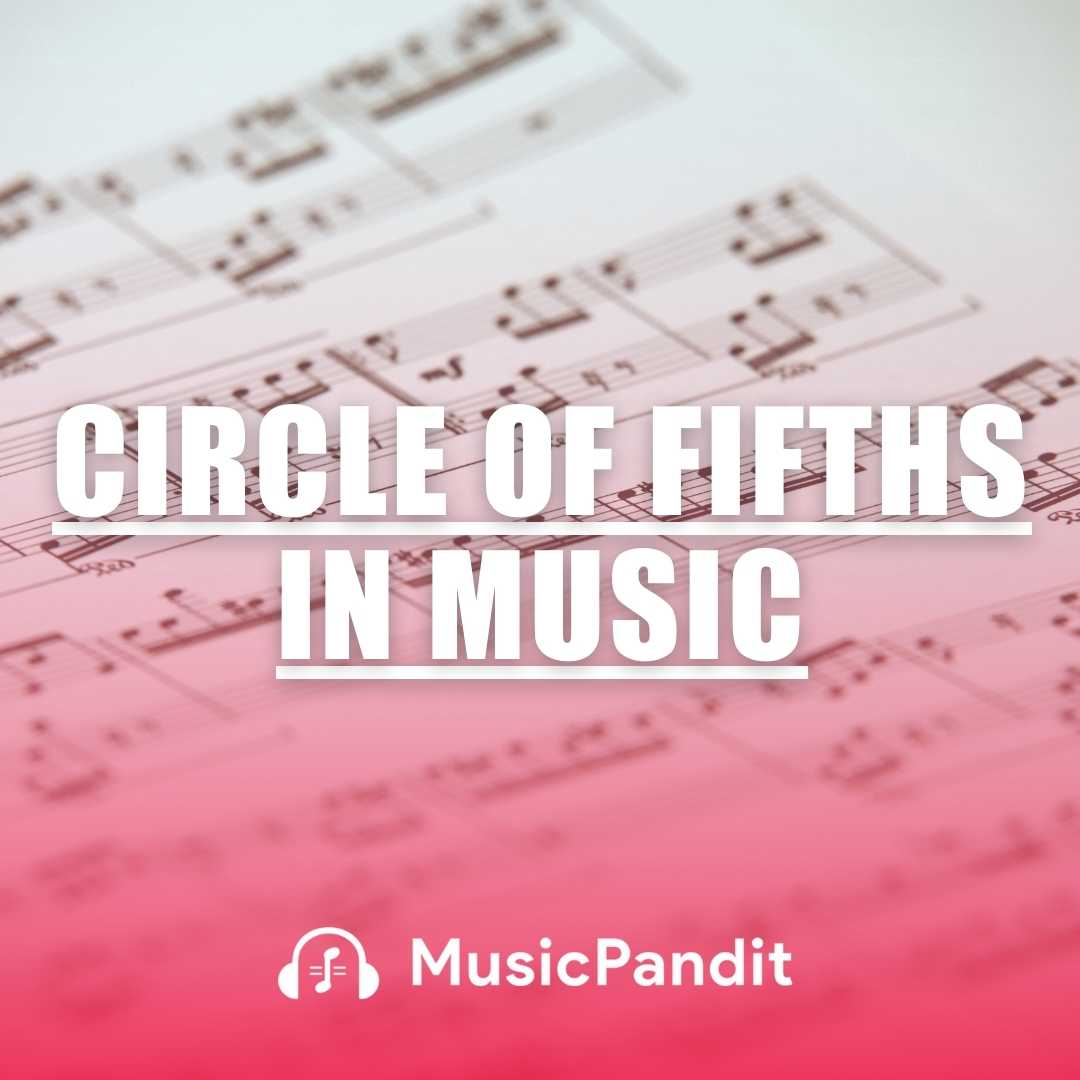Have you ever wondered why two instruments, like a piano and a guitar, sound different even when playing the same note? This is due to a special quality of sound called timbre (pronounced tam-ber).
Timbre is what makes each instrument and voice sound unique, even when they perform identical notes. In this article, we will explore the meaning of timbre, its importance in music, how you can improve your ear to recognize it, and why it’s a key concept for every music student to understand.
What is Timbre?
Timbre, also called tone colour or tone quality, refers to the character or quality of a sound that makes it distinct from other sounds. For example, when you hear someone play the same note on a flute and a trumpet, you can immediately tell which is which because of their different timbres. Timbre encompasses everything that gives an instrument or voice its unique sound, including the way it attacks a note, sustains it, and fades away.
In simple terms, timbre is why a violin sounds smooth and a trumpet sounds bright. It’s what lets you distinguish between two instruments or voices, even if they are playing the same melody at the same pitch.
How Timbre Works
When a sound is produced, it is made up of many different vibrations called harmonics or overtones. These are additional, smaller sounds that vibrate along with the main sound, known as the fundamental frequency. The combination of these harmonics and the fundamental frequency gives an instrument its distinct timbre.
For instance, the rich, warm sound of a cello comes from its ability to emphasise lower harmonics, while the clear, bright sound of a flute comes from the emphasis on higher harmonics. Factors like the size, shape, and material of the instrument, and even the way a musician plays it (striking a drum, blowing air through a trumpet, plucking guitar strings), contribute to its timbre.
Importance of Timbre in Music
Timbre is crucial in music because it allows us to differentiate between sounds, making music more interesting and expressive. Composers and musicians rely on different timbres to create specific moods and atmospheres in a piece of music. For instance, a piece may use strings for a soft, emotional section and brass instruments for a powerful, exciting section. The choice of instrument based on its timbre helps shape the overall feeling of the music.
Describing Timbre
Timbre can be described using various words that express the feel or character of the sound. Here are some common adjectives used to describe timbre:
Bright: A sound that feels sharp and lively, like a trumpet or flute.
Warm: A mellow, rich sound like that of a cello or bassoon.
Mellow: A soft, smooth sound, often used for instruments like a saxophone or clarinet.
Harsh: A rough, grating sound, which might describe a heavily distorted electric guitar.
Clear: A sound that is easy to hear and recognize, like a piano or violin.
Recognizing Timbre
Every person has a natural ability to recognize timbre, but just like learning to play an instrument, improving your ear for timbre takes practice. Over time, as you listen to more music and experiment with different sounds, you will get better at distinguishing and describing the timbres of various instruments and voices.
Timbre in Singing
Just like instruments, every human voice has its own timbre. This is why you can recognize your friend’s voice on the phone without needing to see them. Some singers have a bright, clear tone, while others have a rich, warm sound. Learning to control and change your timbre as a singer is an important skill that can help you express different emotions in your performances.
Timbre Across Different Instruments
Different instruments produce different timbres based on how they create sound:
String Instruments: Instruments like the violin, cello, and guitar produce sound by vibrating strings. A violin’s timbre is often described as bright or clear, while a cello has a warmer, richer timbre.
Woodwind Instruments: Flutes, clarinets, and saxophones produce sound by blowing air through a reed or an opening. A flute has a soft, pure tone, while a clarinet can have a darker, more mellow sound.
Brass Instruments: Trumpets, trombones, and tubas produce sound by buzzing air through a mouthpiece. The trumpet’s timbre is bright and piercing, while a tuba has a deep, resonant tone.
Percussion Instruments: Drums, cymbals, and tambourines produce sound by striking. Percussion instruments usually have a sharp attack and quick fade, meaning they create sound quickly and then stop soon after.
How Timbre is Used in Music
Composers use different timbres to create variety and contrast in their music. For example, in an orchestra, the string section might play a smooth melody while the brass section adds punch and excitement. The blending of timbres from different instruments creates a fuller, more interesting sound. Musicians also change their timbre by playing their instrument in different ways, such as using a bow on a violin versus plucking the strings.
Benefits of Understanding Timbre
For young music students, learning about timbre helps in multiple ways:
Improves Listening Skills: By focusing on timbre, you become a more attentive listener, picking up on the subtle details that make music unique.
Enhances Performance: Understanding the timbre of your instrument or voice helps you adjust your playing style to suit different types of music. For example, you may want a bright tone for a lively pop song and a warm tone for a gentle ballad.
Encourages Creativity: Timbre opens up possibilities for creative expression. You can experiment with different ways to produce sound on your instrument or voice, finding the timbre that best conveys your musical ideas.
Related Topics: Dynamics and Articulation
Timbre works hand in hand with other musical elements, such as dynamics (how loud or soft the music is) and articulation (how notes are played, like smooth or detached). Together, these elements help musicians shape the overall expression and emotion of a piece of music.
Conclusion
Timbre is a fascinating and important part of music that adds depth and colour to sound. By learning to identify and describe different timbres, you not only improve your listening skills but also open the door to more expressive music-making.
Whether you are playing an instrument, singing, or simply enjoying music, understanding timbre helps you appreciate the unique qualities that make each piece of music special. Keep practising your listening and experimenting with your sound, and you’ll become an expert at recognizing and using timbre in no time!















